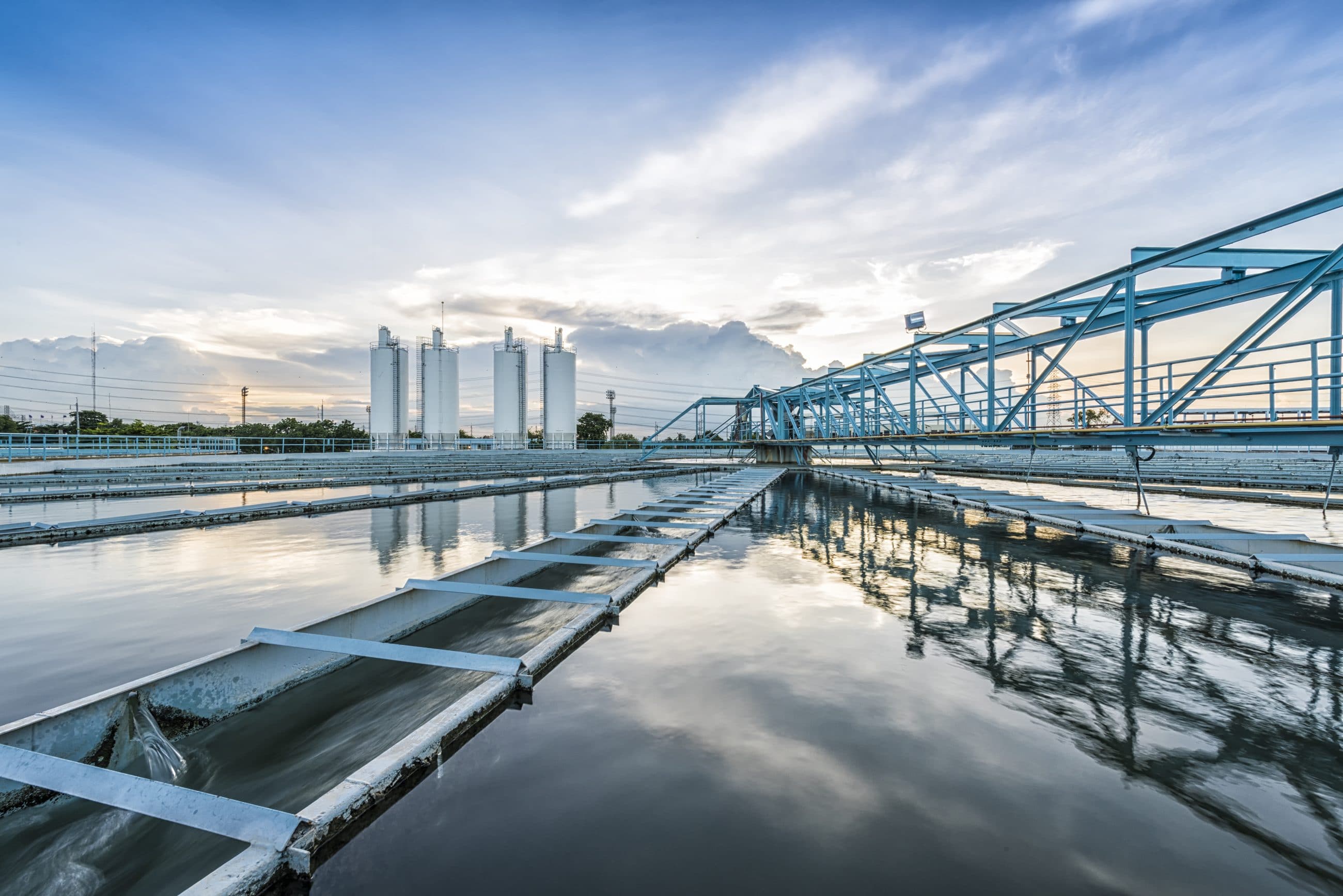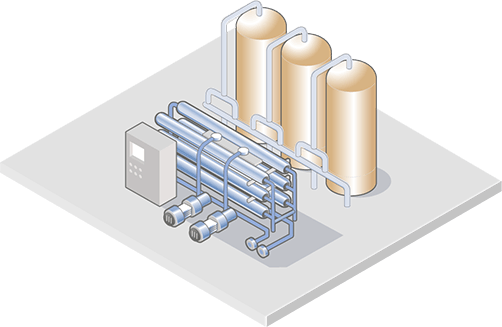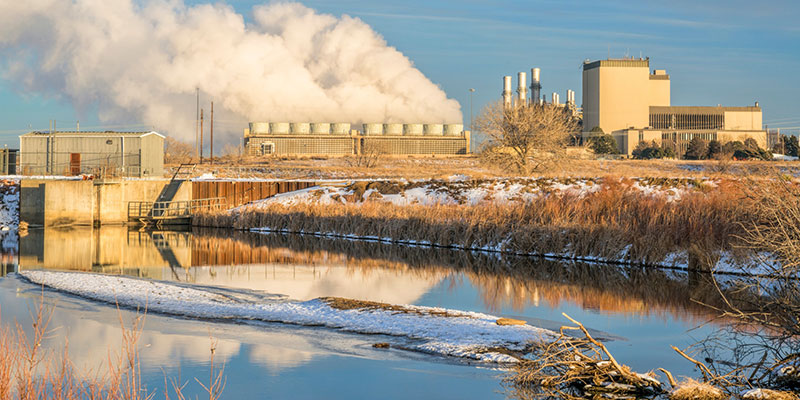Innovations and Breakthroughs in Industrial Waste Water Treatment Technologies
The landscape of commercial wastewater therapy is undergoing a transformative change, driven by developments that enhance both performance and sustainability. Emerging modern technologies, such as membrane bioreactors and microbial gas cells, are redefining pollutant elimination procedures while contributing to power generation. Furthermore, source recovery techniques are gaining grip, aligning with round economy concepts. As regulative criteria develop, the assimilation of AI and artificial intelligence right into wastewater monitoring systems guarantees to streamline procedures and guarantee conformity. However, the complete implications of these innovations increase essential questions concerning their scalability and long-term effect on market techniques.
Introduction of Drainage Treatment Technologies
Wastewater treatment innovations encompass a series of methods designed to get rid of impurities from commercial effluents prior to their release into the setting. These modern technologies are essential for keeping environmental balance and guaranteeing compliance with environmental laws. The key classifications of wastewater treatment consist of physical, chemical, and organic techniques, each serving distinct objectives based upon the nature of the pollutants present.

Organic treatment techniques employ bacteria to weaken raw material, making them specifically effective for organic-rich effluents. Methods like triggered sludge and biofilm reactors harness the natural deterioration capacities of bacteria, causing substantial reductions in biochemical oxygen demand (BODY)
Advanced Purification Strategies
Advanced filtration methods stand for a critical development in the world of commercial wastewater treatment, improving the effectiveness of impurity elimination processes. Industrial Waste Water Treatment. These methods include an array of modern technologies, including microfiltration, ultrafiltration, nanofiltration, and reverse osmosis, which provide sequential barriers for different bit sizes and chemical frameworks
Microfiltration and ultrafiltration make use of membrane layer systems to get rid of put on hold solids, bacteria, and larger organic molecules, enhancing the high quality of effluent previous to further treatment. Nanofiltration bridges the void between ultrafiltration and turn around osmosis, efficiently getting rid of organic compounds and divalent ions, hence decreasing the lots on downstream procedures.
Reverse osmosis offers the greatest level of filtration by permitting only water and small molecules to pass via its semi-permeable membranes, making it perfect for recovering high-quality water from commercial effluents. Recent improvements in membrane technology, including the development of even more fouling-resistant and long lasting materials, have substantially enhanced functional effectiveness and decreased prices.
Integrating these advanced purification methods not just improves the total therapy procedure however also adds to sustainability efforts by making it possible for water reuse and resource recuperation in industrial setups. (Industrial Waste Water Treatment)
Biological Therapy Developments

Moreover, the advancement of engineered organic systems, such as membrane bioreactors (MBRs), incorporates organic treatment with innovative membrane layer filtration. This assimilation enables higher effluent top quality and minimized footprint, making it ideal for space-constrained industrial centers. Advancements in genetically engineered microbes have additionally emerged, boosting the biodegradation of certain contaminants, such as here drugs and heavy steels, that are typically testing to remove.
In addition, the implementation of bioaugmentation approaches, where helpful microbes are presented to enhance the existing organic treatment processes, has actually shown appealing cause enhancing therapy performance. These advancements collectively represent a fad towards even more effective and lasting biological treatment techniques that can adapt to the progressing intricacies of industrial wastewater streams. As markets remain to focus on environmental compliance, these biological technologies will play a vital duty in wastewater monitoring.

Source Recovery Approaches
In commercial settings, the assimilation of resource recovery techniques has come to be progressively important for boosting sustainability and lessening waste. These methods concentrate on extracting beneficial materials and power from wastewater streams, thus changing prospective toxins into multiple-use resources.
One noticeable method is vitamins and mineral healing, where nitrogen and phosphorus, often present over in wastewater, are captured and exchanged fertilizers. This not just decreases ecological impacts however also supplies a round economic climate remedy for agricultural applications. Furthermore, modern technologies such as anaerobic digestion permit the conversion of natural waste into biogas, a renewable resource source that can counter nonrenewable fuel source use in commercial operations.
Additionally, advanced purification and membrane modern technologies promote the recovery of commercial byproducts such as salts and steels. These recuperated materials can be rehabilitated right into production processes, minimizing the demand for virgin resources.
Future Trends in Waste Water Administration
As sectors increasingly prioritize sustainability, the future of wastewater management is readied to go through substantial makeovers. Technological developments, such as expert system and artificial intelligence, will certainly make it possible for more efficient monitoring and management of wastewater systems. These technologies can predict maintenance needs, optimize treatment processes, and boost decision-making, inevitably lowering functional prices and ecological effect.
Additionally, the combination of circular economic climate principles will play an essential role in wastewater management. Industries are anticipated to change in the direction of systems that have a peek here not only treat wastewater yet additionally discover this recuperate important resources, such as nutrients, water, and power. This change will certainly reduce waste and promote the reuse of products, lining up with worldwide sustainability goals.
Arising treatment techniques, such as membrane layer bioreactors and progressed oxidation processes, will certainly additionally improve the effectiveness of wastewater therapy, permitting better effluents appropriate for reuse. Additionally, governing frameworks are likely to advance, highlighting stricter criteria for wastewater discharge and encouraging sectors to embrace innovative therapy services.
Verdict
In final thought, the advancement of commercial wastewater treatment innovations shows a substantial shift towards improved performance and sustainability (Industrial Waste Water Treatment). Innovations in advanced filtering methods, organic therapies, and source recuperation methods highlight the industry's commitment to environmental stewardship.
The landscape of commercial wastewater therapy is going through a transformative change, driven by technologies that boost both efficiency and sustainability.Wastewater treatment technologies encompass a variety of techniques developed to get rid of impurities from commercial effluents prior to their launch right into the atmosphere.Taking advantage of the power of organic processes has led to considerable advancements in the treatment of industrial wastewater.Additionally, the implementation of bioaugmentation strategies, where useful microorganisms are introduced to enhance the existing organic therapy procedures, has shown promising outcomes in boosting therapy performance. These developments collectively signify a fad in the direction of more sustainable and efficient biological treatment methodologies that can adapt to the advancing intricacies of industrial wastewater streams.